Introduction:
Linux skills are highly valuable in today’s technology-driven world. If you have a strong understanding of Linux server administration and want to turn your expertise into a profitable venture, starting a server management service can be a lucrative option. This article serves as a guide to help you monetize your Linux skills by offering server management services. We will explore the steps involved in launching your business, attracting clients, and delivering exceptional service to ensure long-term success.
Understanding Server Management Services
Server management services involve the administration and maintenance of Linux servers for businesses and organizations. As a server management service provider, your role is to ensure the smooth operation, security, and optimization of clients’ servers. This includes tasks such as server setup, configuration, monitoring, security patching, performance optimization, backups, and troubleshooting.
Assessing Your Linux Skills and Expertise
Before starting a server management service, it’s crucial to assess your Linux skills and expertise. Evaluate your proficiency in server administration, networking, security, scripting, and troubleshooting. Identify any areas where you may need to acquire additional knowledge or certifications to enhance your credibility as a service provider. Understanding your skillset will help you determine the types of server management services you can offer and set appropriate pricing.
Defining Your Service Offerings
To differentiate yourself in the market and attract clients, it’s essential to define your service offerings clearly. Consider the following aspects:
Server Setup and Configuration: Offer assistance with server setup, operating system installation, software installation, and server optimization to ensure optimal performance.
Server Monitoring and Maintenance: Provide 24/7 monitoring of server resources, performance metrics, and security alerts. Offer proactive maintenance, including regular updates, security patching, and software/hardware maintenance.
Security and Compliance: Implement robust security measures to protect clients’ servers from cyber threats. Offer services such as firewall configuration, intrusion detection, vulnerability scanning, and compliance audits.
Backup and Disaster Recovery: Develop backup strategies and implement reliable backup solutions to safeguard clients’ data. Ensure efficient disaster recovery processes in case of unforeseen events.
Performance Optimization: Optimize server resources, fine-tune configurations, and identify bottlenecks to enhance server performance and reliability.
Section 4: Setting Up Your Business Infrastructure
Establish a Business Entity: Decide on the legal structure of your business, such as a sole proprietorship or limited liability company (LLC). Consult with a legal professional to ensure compliance with local regulations and obtain any necessary licenses or permits.
Create a Professional Brand: Develop a professional brand identity, including a unique business name, logo, and website. Craft compelling and clear messaging that highlights the benefits of your server management services.
Set Pricing and Payment Models: Determine your pricing structure, considering factors such as the complexity of services, server resources required, and market rates. Decide on payment models, such as one-time fees, monthly subscriptions, or hourly rates.
Procure Necessary Tools and Software: Invest in server management tools and software to streamline your operations. This may include monitoring tools, automation scripts, backup solutions, and remote access software.
Marketing and Attracting Clients
Build an Online Presence: Create a professional website that showcases your expertise, services, and client testimonials. Optimize your website for search engines by incorporating relevant keywords, informative content, and clear calls to action. Utilize social media platforms to engage with your target audience and share valuable insights.
Networking and Partnerships: Attend industry events, conferences, and meetups to network with potential clients and industry professionals. Establish partnerships with complementary service providers, such as web development agencies or software vendors, to expand your reach.
Content Marketing: Produce informative and educational content, such as blog posts, tutorials, and case studies, to establish yourself as an authority in the field. Share your knowledge and insights through guest posting on relevant industry websites or contributing to online forums and communities.
Referrals and Client Testimonials: Encourage satisfied clients to provide testimonials and referrals. Positive reviews and recommendations play a significant role in attracting new clients and building trust in your services.
Section 6: Delivering Exceptional Service
Prompt and Reliable Support: Offer responsive and reliable support to your clients. Ensure that communication channels, such as email or ticketing systems, are accessible and efficient. Address client queries and issues promptly to maintain a high level of customer satisfaction.
Proactive Monitoring and Maintenance: Stay ahead of potential server issues by proactively monitoring server performance, security threats, and resource usage. Regularly update software, patch vulnerabilities, and conduct routine maintenance to prevent downtime and data loss.
Continual Learning and Skill Development: Keep yourself updated with the latest trends, technologies, and best practices in Linux server administration. Continually enhance your skills and pursue relevant certifications to provide the best possible service to your clients.
Conclusion:
Starting a server management service is an excellent way to monetize your Linux skills and expertise. By understanding your capabilities, defining your service offerings, and delivering exceptional service, you can build a successful business in the server management industry. Remember to continuously market your services, stay updated with industry trends, and prioritize customer satisfaction to foster long-term client relationships and business growth.










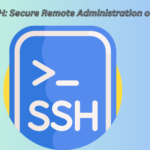


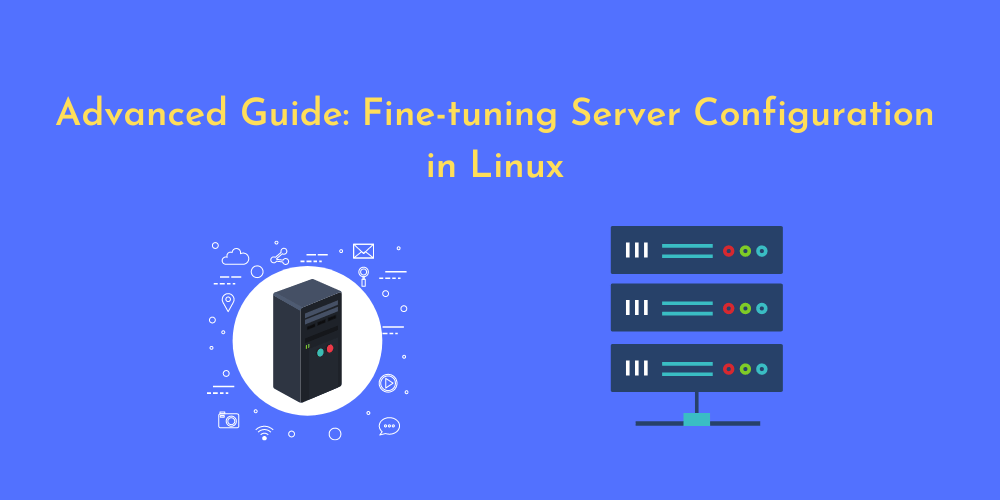


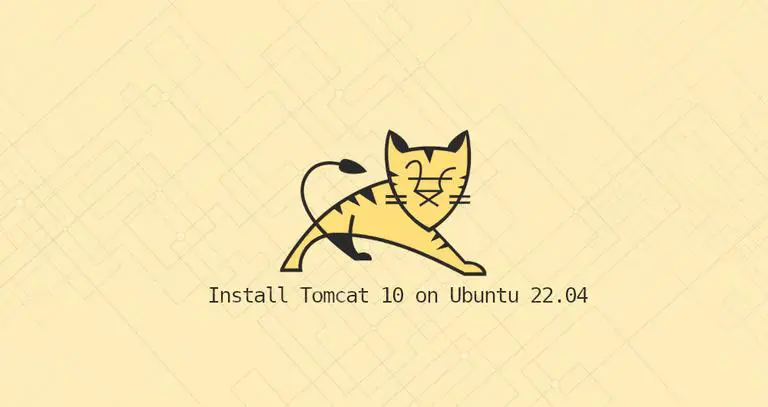
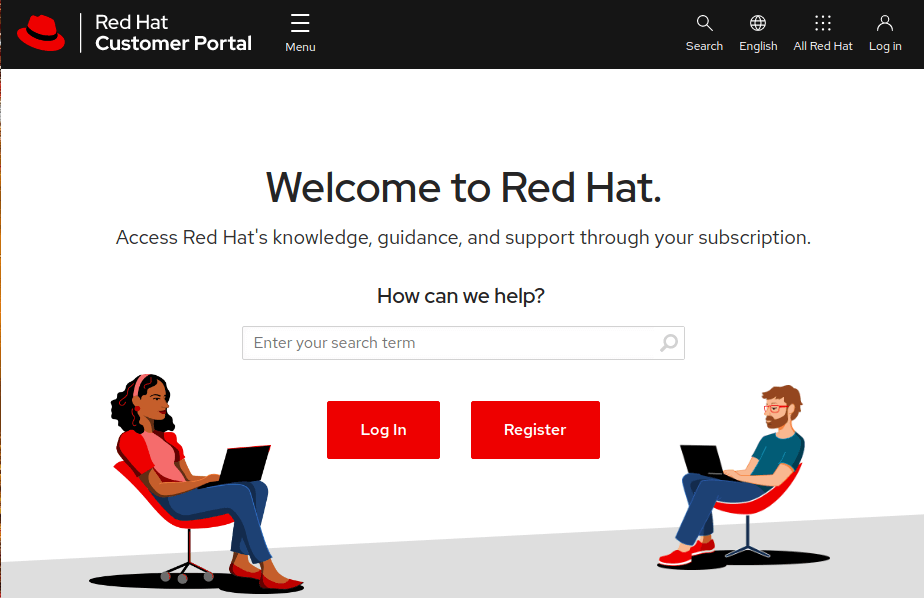
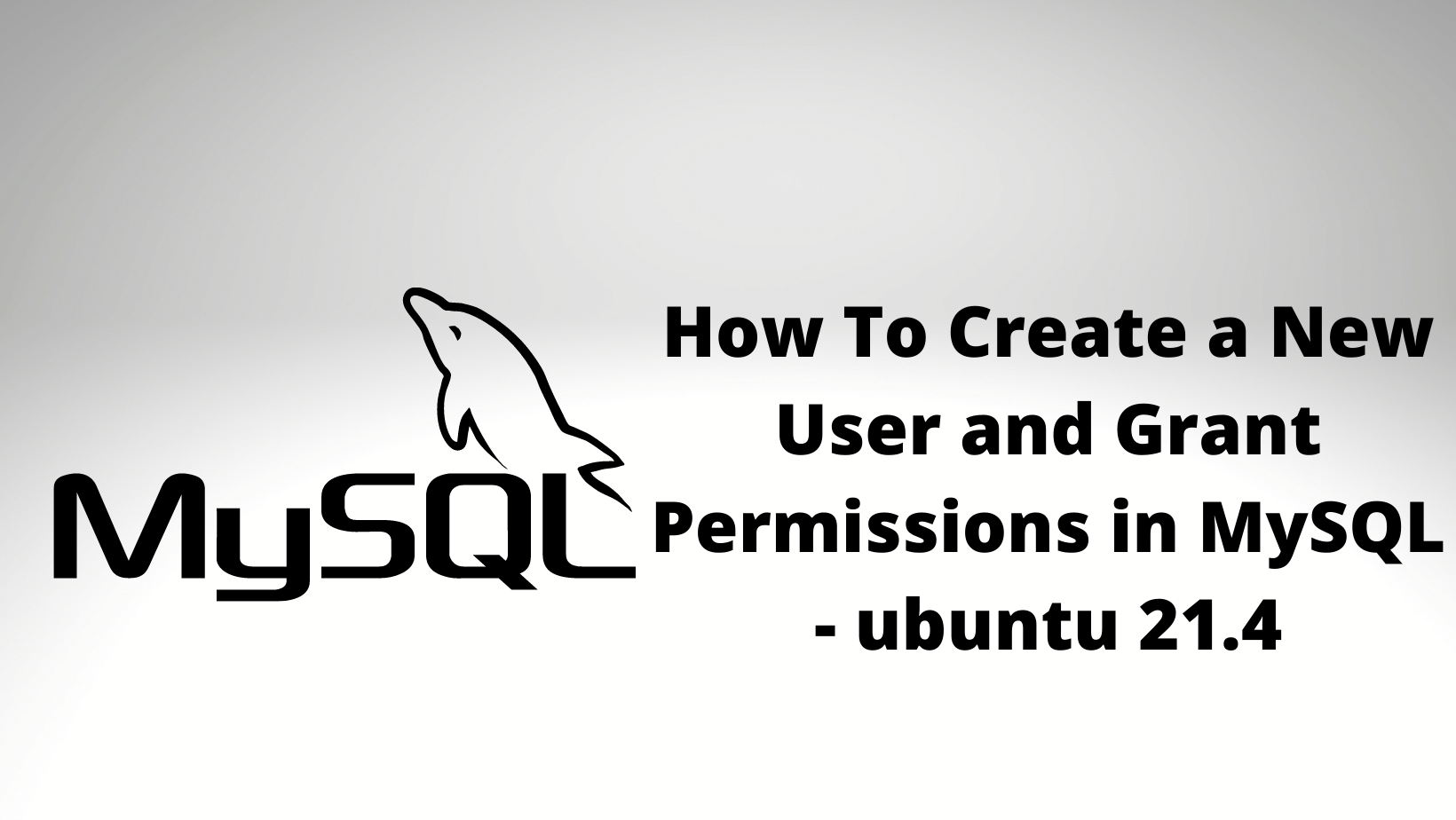
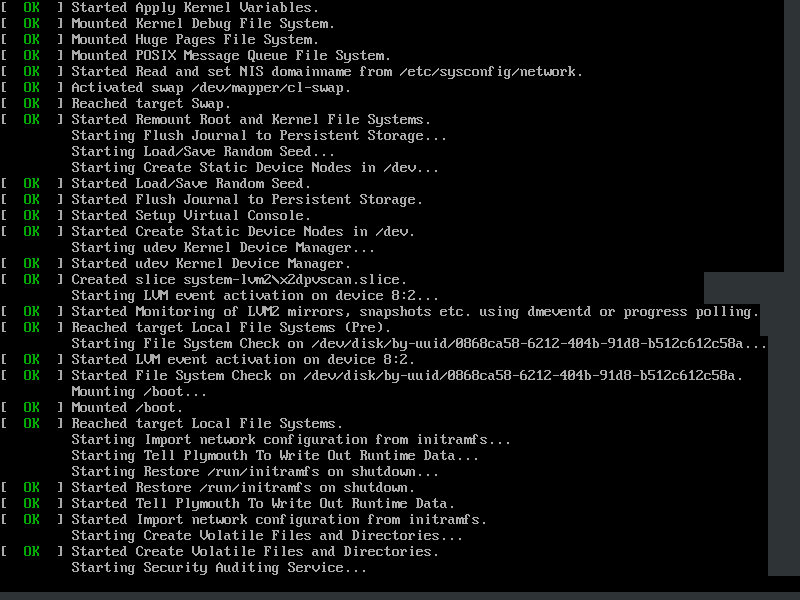
No Comments
Leave a comment Cancel